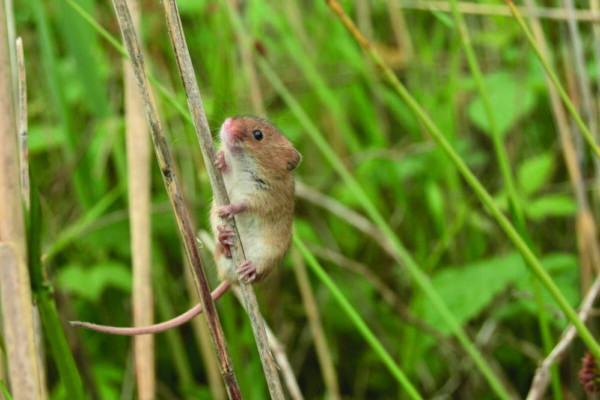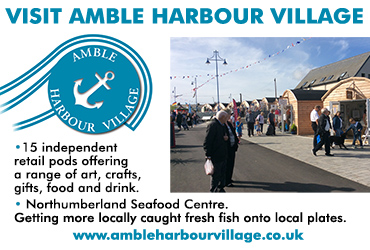New residents at Druridge Pools
Great news! Harvest mice have set up home on a second Northumberland Wildlife Trust reserve at Druridge Bay.

Harvest Mouse by Joel Ireland
Just two months after 13 more harvest mice nests were discovered on the wildlife charity’s East Chevington nature reserve, some of the tiny mammals have headed one mile down the road to its Druridge Pools site.
Weighing the same as a 10p coin, harvest mice like to live in long tufted grass and reedbeds. They build distinctive circular grass nests the size of a tennis ball on tall plants, three feet from the ground.
In 2021, 200 harvest mice were released onto the East Chevington reserve as part of the Trust’s Catch My Drift project. Since then 36 nests have been discovered on the 185 hectare site, with 13 of them being found last autumn, totally by accident, over one mile away from all the other nests.
At the start of this year, two members of the Catch My Drift team and five volunteers looked at a map of the area around the East Chevington reserve, thinking if the mice had travelled one mile across that reserve, there was nothing stopping them venturing outside it.
The most likely spot for them to move to was Druridge Pools, a little over one mile from East Chevington with the same kind of habitat favoured by harvest mice – long tufted grass, reed beds, good scrub land and hedgerows for nesting.
Following an extensive search, two nests were discovered much to the delight of all involved and hopefully the first two of many.
Sophie Webster, Catch My Drift Project Officer says:
“Talk about a great start to 2023. After we found the East Chevington nests one mile away across the reserve from the others, it spurred us on to look further afield.
“Harvest mice numbers have declined throughout the UK in the last 40 years and are now quite rare; so to find nests on two sites is a wonderful sign that they are not only breeding but using habitat corridors to expand and establish populations around the area.”












